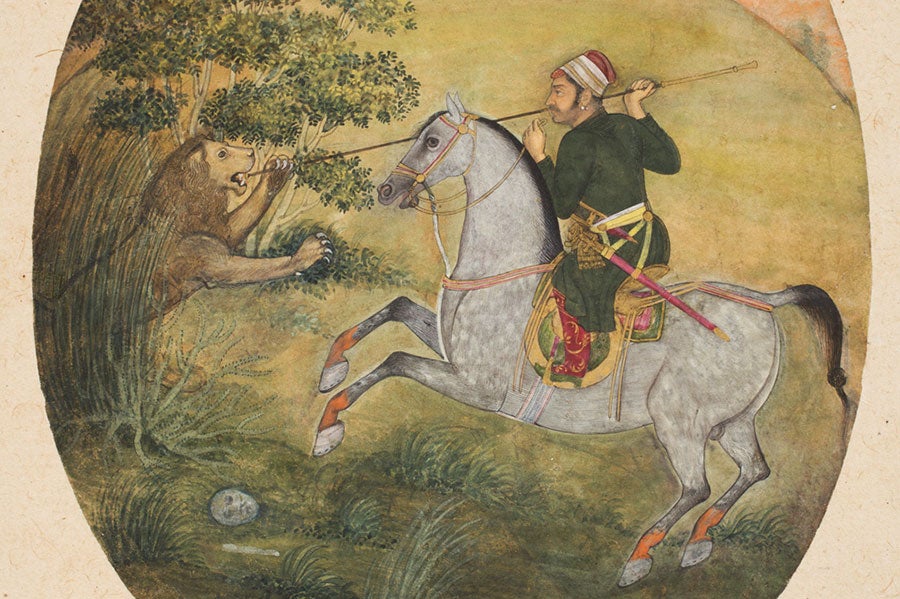Images of the Virgin Mary in Mughal Art Mika Natif Synopsis: The Virgin Mary (Maryam) became a popular image among the Mughal ruling elite from the late 16th to the mid-17th century. Her depiction appears in single-page pictures set in albums, on wall paintings in Mughal palaces, and within illustrated manuscripts. This presentation focuses on…
Tag: The Mughals
Monsoon Winds and Ming Porcelains
Monsoon Winds and Ming Porcelains: Collecting and Displaying Chinese Ceramics at the Mughal Court Denise-Marie Teece Synopsis: While the porcelain collection donated by the Safavid ruler Shah Abbas to Ardebil, and the massive Ottoman Chinese porcelain collection held in Istanbul’s Topkapı Palace, are well known and relatively well published, the East Asian ceramic collections of…
Jahangir’s Dream
Jahangir’s Dream Yael Rice Synopsis: Sometime around the early seventeenth century, the painter Abu’l Hasan depicted his patron, the Mughal emperor Jahangir (r. 1605–27), encountering his contemporary and rival, the Safavid ruler Shah ‘Abbas (r. 1588–1629), in a dream. This presentation explores the implications for interpreting this unusual painting as a dream image, and it…
The Gwalior Qur’an
The Gwalior Qur’an Marika Sardar Synopsis: Completed in 1399, the Gwalior Qur’an features illuminations, commentaries, and notations in addition to the Qur’anic text. These include a set of instructions to use the Qur’an as a divinatory text—the earliest known example of its kind. This rich and varied compendium of texts speak to the cultural and…
Painting the Royal Hunt in India: A Prince on Horseback Hunting a Lion
Painting the Royal Hunt in India: A Prince on Horseback Hunting a Lion Rachel Parikh Synopsis: The royal hunt was more than just a popular pastime amongst South Asia’s royalty and elite. The sport was used as means to showcase their privilege, justify their rule or future rule, establish their legitimacy, and exhibit their inherent…






